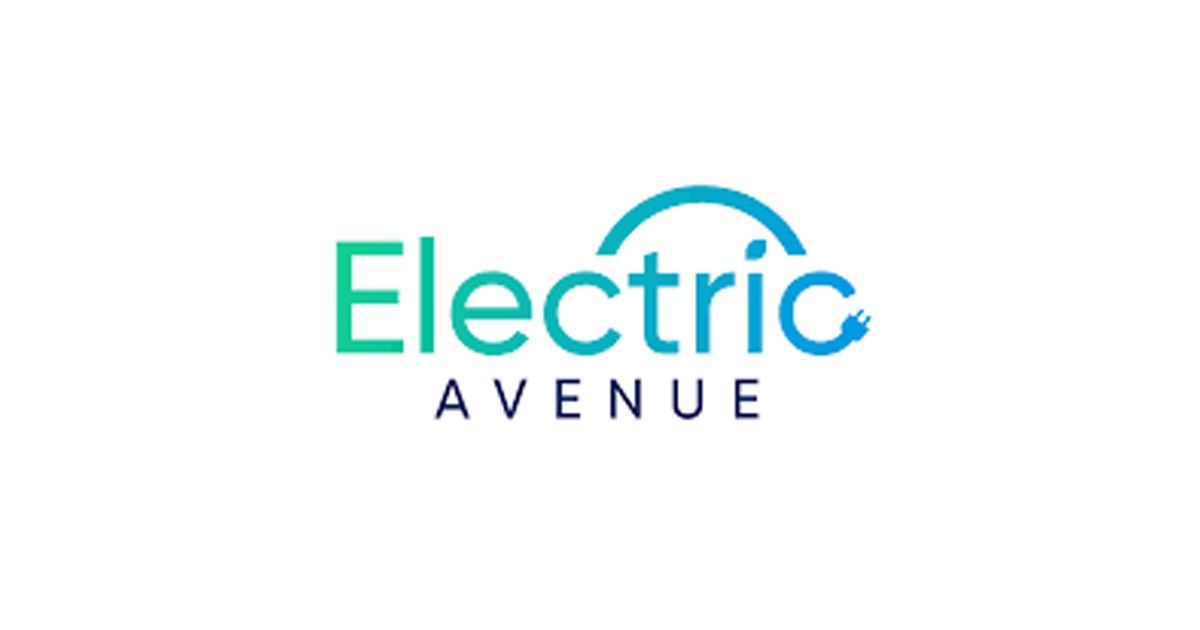The Future of Counters

Apr 28, 2020
By David Gordon
Distributor counter areas have been spotlighted in the first month of the COVID-19 era. Counters represent 5-30% of a distributor’s business, with the importance of counter sales being directly tied to target audience, locale and business focus. What is their future?
According to our Mid-April Electrical Market Sentiment survey 56% of distributor respondents shared that their company has essentially closed their counter/showroom area and 86% reported their company has moved to curbside pick-up.
What is the future of counters?
The question then becomes, post-COVID-19, what is the future of counters? Will curbside pick-up become an “expected” service, perhaps a differentiator? Is it a short-term stop gap? Do customers value the service and time saved?
Counters historically were considered to support small customers and small purchase/last minute needs, and as a merchandising vehicle. It was also a means to monetize square footage within a location, and inevitably counter sales can be a steppingstone for future inside and outside salespeople. And for some, another means of building or strengthening some customer relationships.
The value of counters has been debated for years with many seeing a decline in counter traffic and sales over the past few years. Sales detractors have included business migrating to DIY companies that have been targeting smaller contractors and property management managers, online sales (including Amazon, especially for tools), contractor focus on productivity (as well as not having “extra” labour to send to the distributor counter), and the locale of branches. For some national chains, counters represent only 3-5% of sales nationally.
Curbside pick-up
It then begs the question could the curbside pickup development borne from COVID-19 become a replacement for counters? Can counter space be used more productively by distributors for inventory? Office space? Training facilities? Project storage? Something else?
Or is curbside pick-up an enhanced service that becomes an alternate, but an expectation, and something that needs to be staffed?
The decision is distributor specific as it depends on
• current curbside pick-up experience
• historical counter activity
• audience served
• business focus
• % of sales at counter
• alternative utilization of space and staff
Distributor impact of counter closings
The impact on some suppliers and specific product categories could be significant. Consider what is displayed in the counter area. What products are “impulse” buys. How will distributors sell them? Where will customers buy them?
From a distributor perspective, what additional or alternative sales and marketing outlets, or tools, need to be developed to retain sales in the affected product categories as well as continue to get customers to come to your location… or is your location only relevant for staffing and material movement ease?
Are small vending machines needed to be on-site at customer facilities? Is a “tool truck” needed to go to job sites and contractor meetings (consider — Snap-On and Mac Tools have made a business of this)? Are there 1099 employees, or perhaps “franchisees” who travel and sell tools and other consumables? Are there product categories that represent minimal dollars and minimal net profit dollars (but high percentages) that distributors decide to forsake?
Why not jump to eCommerce?
While many will have the knee-jerk response that “digital/eCommerce” is the answer, this then begs these questions:
• How can customer purchasing behaviour be altered? Many will say, “People are buying online from Amazon, why not from me?” But, the more important question is, “How can you get your customers to change their buying habits with you?” Less than 25% of respondents in our Mid-April Electrical Market Sentiment survey shared that eCommerce sales are up a reasonable amount. The reality… it is a behaviour issue.
• Can distributors fulfill small line-item and low invoice dollar digital orders cost effectively if they need to be shipped
• How to effectively sell (and market) to this audience when many distributors only have one email address per customer and frequently do not have contact information for smaller customers (e.g., counter customers)?
• Do customers want more emails?!
• Can or will smaller customers plan ahead, or are the entrenched in their processes?
• And remember that there are many distributors, especially small and mid-size ones, that do not have commerce-enabled sites for many reasons. Reasons range from ability to integrate with an ERP system, cost, access to data, IT sophistication/capabilities, internal staffing resources to maintain a system, and more.
• Remember, Amazon built its brand over 20+ years and repetitive consumer-ordering. Capturing share of mind for counter business may not financially be prudent if applicable marketing costs are allocated to this revenue centre. (Which begs the question, “Are counters a cost of doing business or a profit centre?”)
Perhaps text ordering and will call will increase? Is there a separate page, app, functionality for items that are typically counter items?
If counters are to be retained…
Retaining counters, at least until all are comfortable with a vaccine, will require some restructuring of counter space to provide social distancing.
• Some have put up tables to inhibit customers from getting too close.
• A few have installed plexiglass, almost like what many banks have in their teller areas or similar to convenience stores in cashier areas.
• Or here’s an idea for distributors, PrimeTime Industries’ protective sneeze guard… an acrylic barrier that can be engraved with supplier names / logos or the company logo (and they come in up to a 4’ width as well as different heights.) If you are interested, ask for the ElectricalTrends discount.
Manufacturer impact of counter closings
How would these items be sold?
Manufacturers, do you need to consider alternative ways to serve this segment of the pro market? How will you gain visibility for your products? Perhaps there is a need to align more closely with distributors committed to counters or, if they are important to you, for selected customer segments? Are there additional sales and marketing tools that need to be developed? Perhaps electrical manufacturers, or an enterprising “master distributor,” could band together to create a version of Snap-On Tools that utilizes a 1099 workforce (or franchisees) to serve the electrical tool/consumable market? (Perhaps someone offers this as a channel to manufacturers?)
Next steps
And/or should customers be consulted and asked if they prefer counters (when established to be safe), or do they like curbside pick-up?
Are all these ideas, right? No, but the pandemic can create opportunities to rethink how you have done business. Should you revert to the past? Should you change to what you are doing currently? Is there a different model to consider? Counters, on average are about 8-10% of industry sales. Could experimenting in this area represent an opportunity? Could it be an area where you engage your team to have them start brainstorming ideas? And don’t forget the consequences to future staff development given the historical role of the counter.
These are among the questions that our surveys can help generate… the “what ifs” on how business can change. Looking for other thoughts, give us a call. We can assist in the ideation process so that your tomorrow can be better than yesterday.
David Gordon is President of Channel Marketing Group. Channel Marketing Group develops market share and growth strategies for manufacturers and distributors and develops market research. CMG’s specialty is the electrical industry. He also authors an electrical industry blog, www.electricaltrends.com. He can be reached at 919-488-8635 or dgordon@channelmkt.com.











